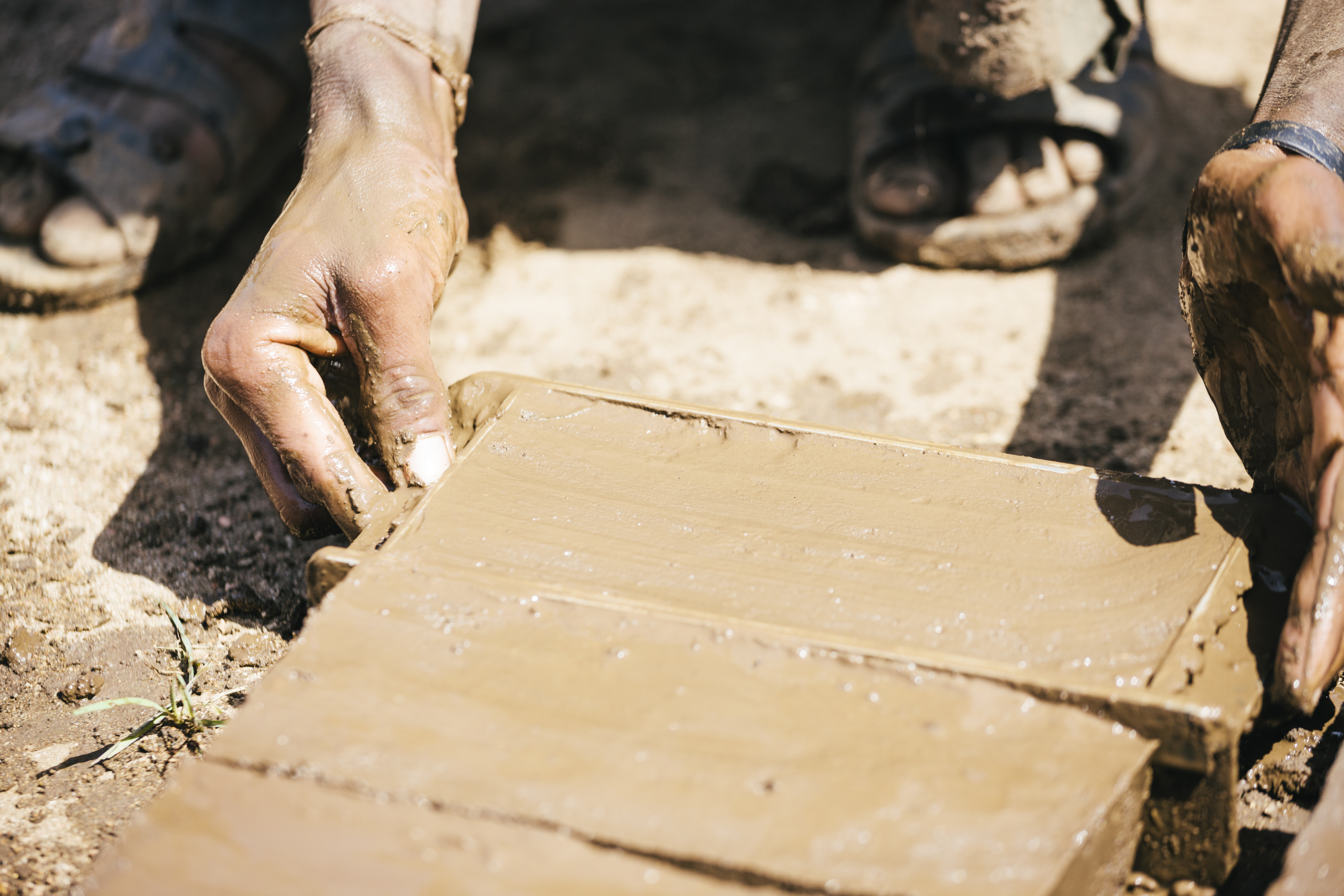
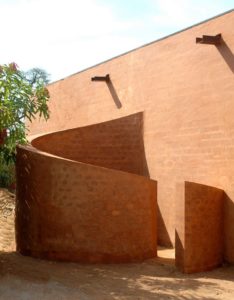
What is Terraculture and why does it make a difference?
Terraculture is a set of design principles set around “whole-system” thinking that utilizes earth-building techniques to create integrated, self-sufficient homesteads within a community. The metaphor of the fully supported cell within the system of the plant or human body describes the “whole-system” concept of a terraculture system. Ancient civilizations such as the Incan community Machu Picchu is a sophisticated example of a terraculture integrated growing and living system.
Terraculture incorporates what is abundant and local into a living system designed to support and sustain the web of life of which humans are a part.
Integration of low-cost, high-touch building solutions with sustainable community energy sources, and year-round production of agriculture, results in significantly reduced cost-of-living for each household. Free of heavy debt and mortgage, the members of the community become empowered to expand their creative expression and passion. Each person contributes time and talents to the community economy by growing, building, maintaining, marketing and distributing the primary agriculture products. Each household grows enough food to sustain the household in the terraculture system.
“Terra” is the Latin name for Earth. And philosopher Edward S. Casey (1996) describes “culture” this way: “The very word culture meant “place tilled” in Middle English, and the same word goes back to Latin colere, “to inhabit, care for, till, worship”… to have a culture is to inhabit a place sufficiently intensive to cultivate it — to be responsible for it, to respond to it, to attend to it caringly”.
Terraculture then is the cultivation of a comprehensive whole-system style of living that supports the Earth and her inhabitants.
The terraculture built agri-city offers an attractive lifestyle alternative.
The three legs of the Terraculture Agri-City model are:
1- a self-sufficient two-acre homestead providing the food, energy and housing sovereign to each family
2- a community economic agriculture export
3- a village center fostering art, education, leisure, entertainment, gatherings and edification
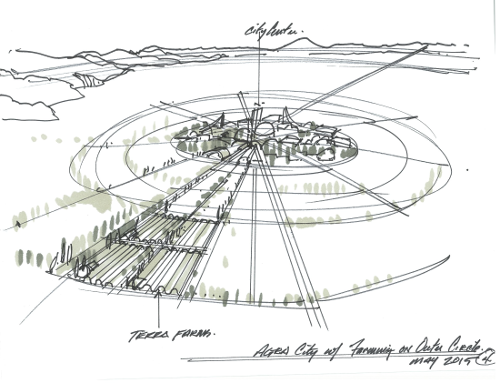
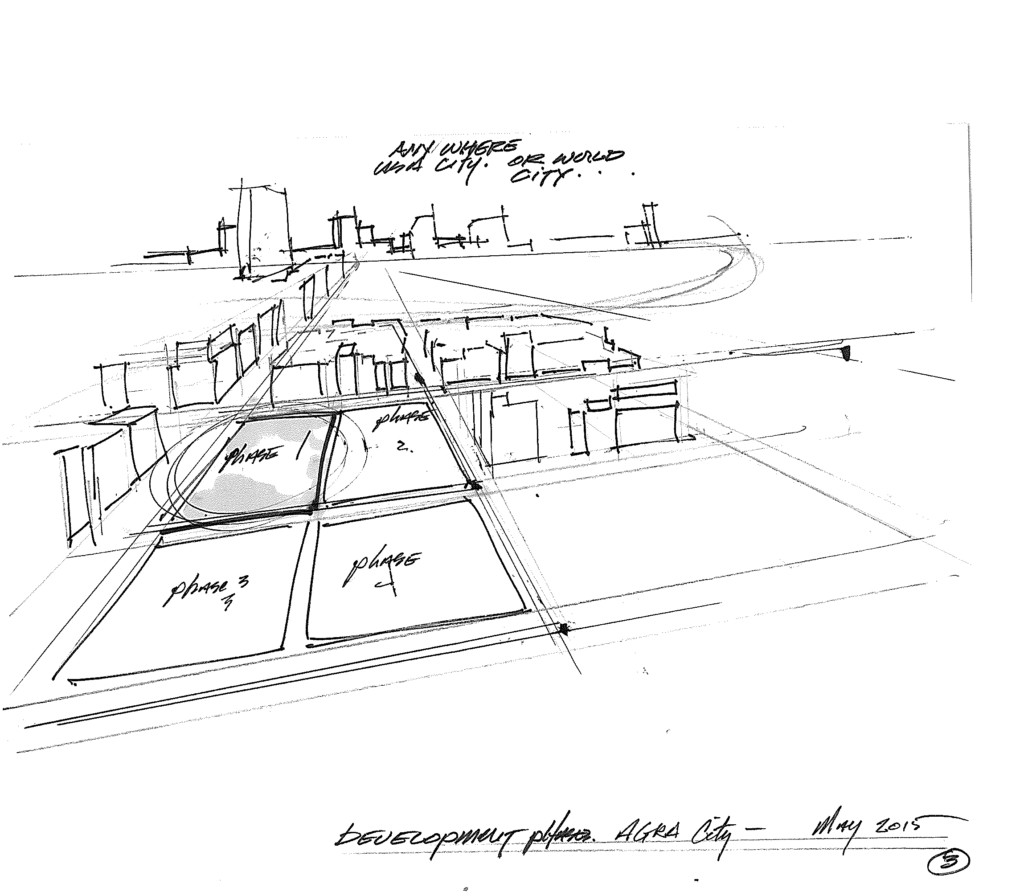
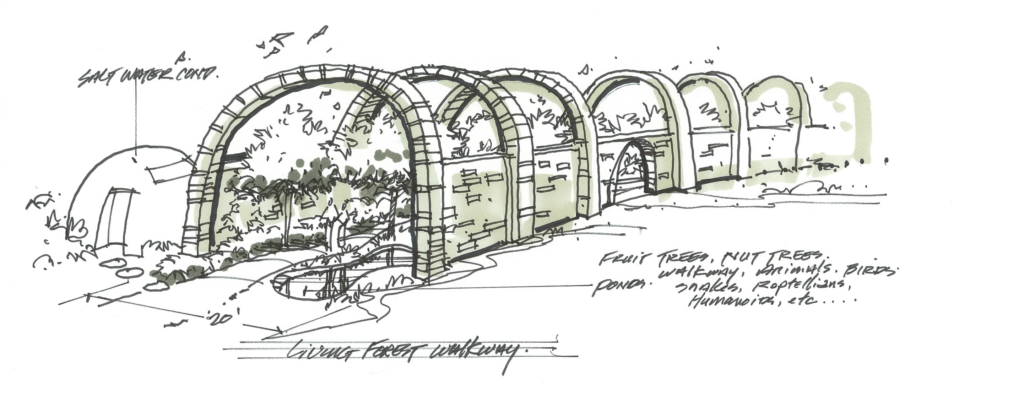
The residents of this system leave a positive carbon footprint upon this planet — meaning all affluent and waste produced by the system are fully utilized within the system and all food, housing and energy needed for life within the system is provided by the system.
In today’s conventional model of agriculture it takes 7 acres of farming to sustain 1 acre of urban living, a 7:1 ratio. And traditional farms consume high amounts of water and can result of land over-utilization.
Terraculture models are a 2:1 ratio.
The net result in the terraculture model is a sustainable, low-cost and wholesome way of living. Housing is a fraction of the present cost to build or purchase. Each homestead produces all essential food staples for the household, and large cover crops and export crops support bees and other pollinators. Year-round production of specialty crops, including tropical and sub-tropical, are grown in terraculture greenhouses. All these crops, combined with income produced through eco-tourism and other cottage industries, create economic security for all residents.
